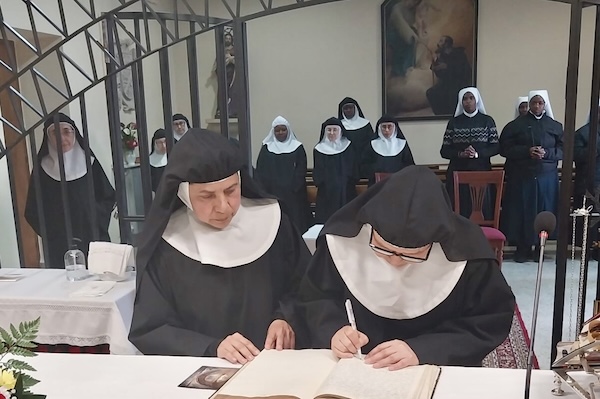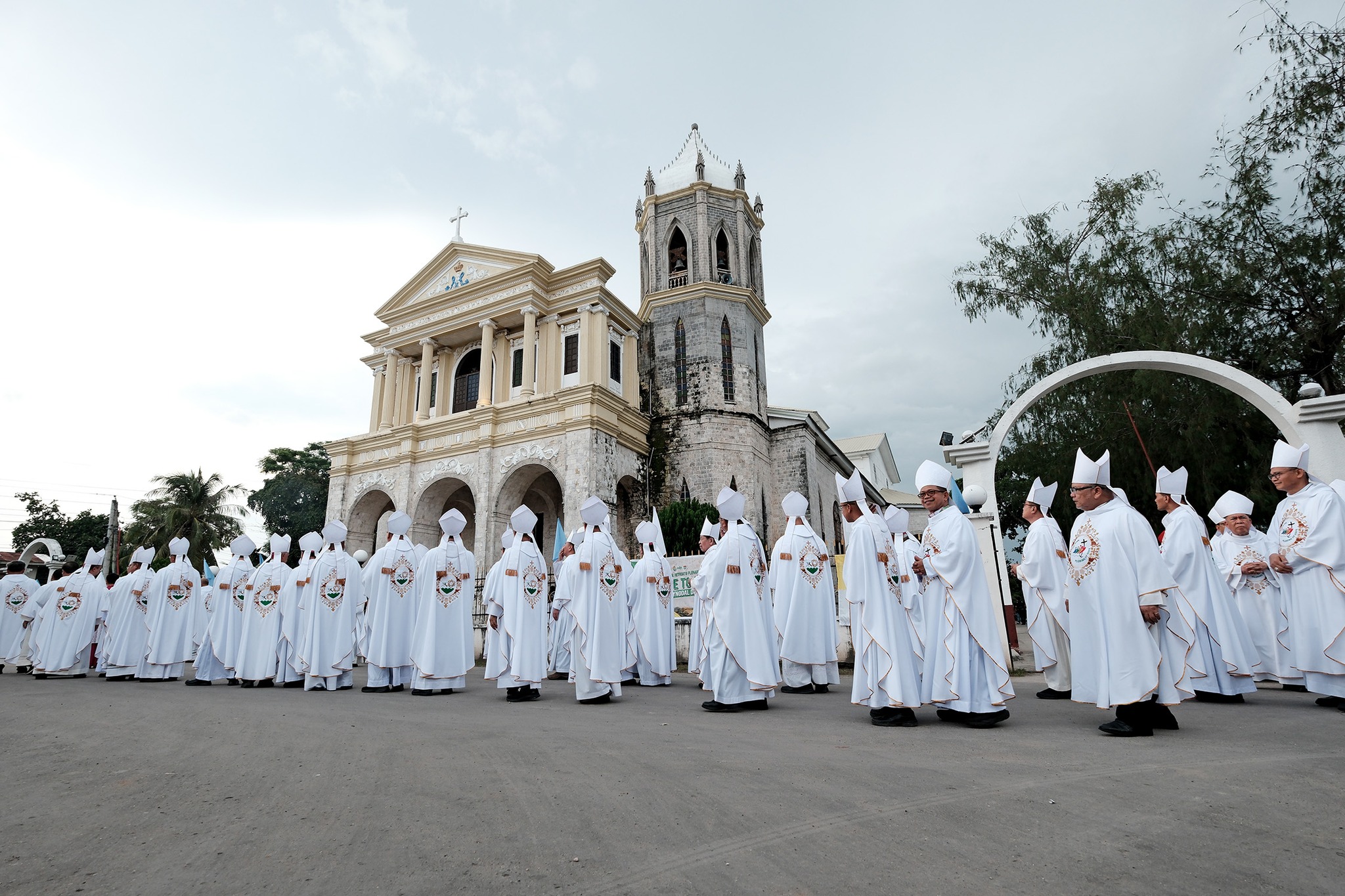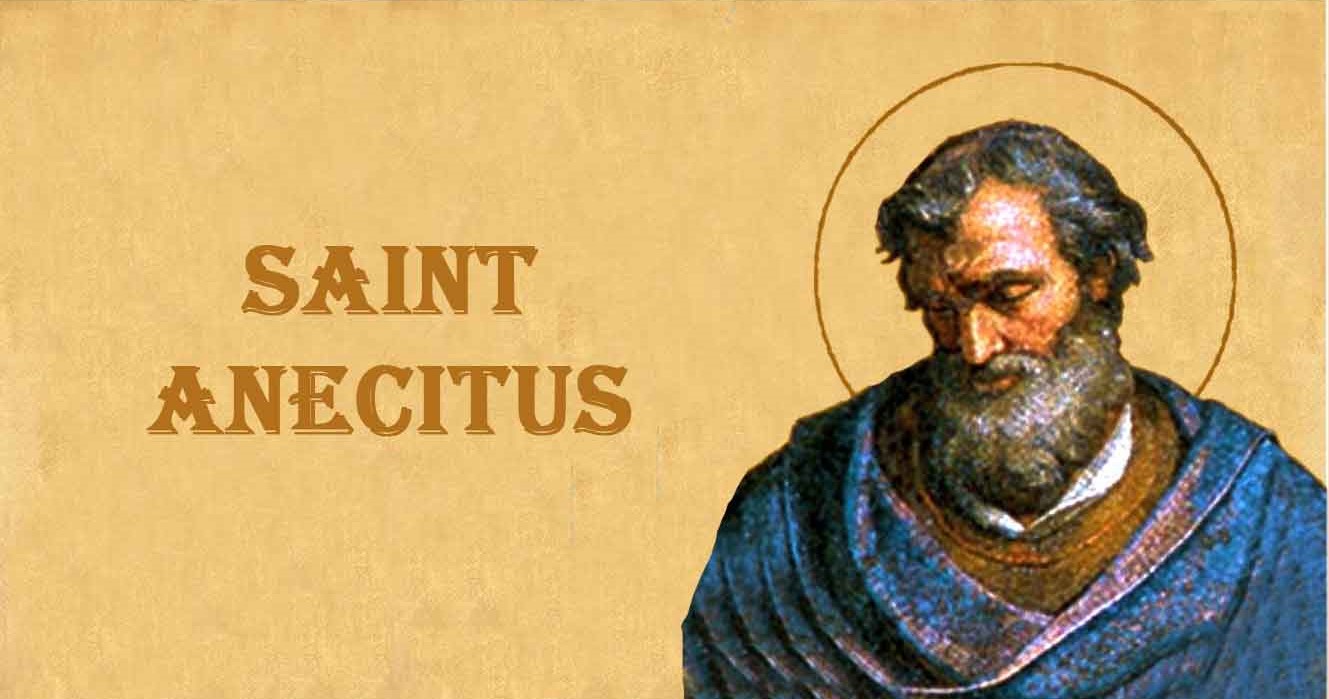Joaquim Magalhães de Castro
To my surprise I notice that in Hugli there is someone aware of some of the aspects connected with the saga of the Jesuits João Cabral and Estevão Cacela. This is the case of local parish priest Toni Keli, originally from the diocese of Meliapor, “a Christian of St Thomas,” as he proudly emphasizes.
In fact, as was said last week, João Cabral would return to Hugli in 1632, after two sojourns in Tibet, and then witnessed one of the most dramatic events in the city’s history. But this will be a matter for later chronicles, when we look more closely at the Christendom of the Bengal region.
“Cabral witnessed the encirclement of Hugli, and Shah Jahan’s troops carried many prisoners to Agra. He managed to escape and wrote a letter describing this tragedy,” reports the prior. As for the personality of the Portuguese, Keli assures us that he was “an excellent missionary, a very devout man and a very cheerful person,” and even shows that he knew that Cabral was bound for Tibet. In fact, according to him, the Jesuit would have tried to enter that inhospitable and vast region on three occasions, and in none of them had he succeeded.
The first of these attempts had been lost due to a very small detail. “Cabral forgot to bring wine to celebrate Mass,” he says. A second rehearsal had failed because of “a number of obstacles” Keli was unable to specify; and on the third, Cabral had apparently chosen to send “somebody in his place,” though the sympathetic Malabar priest did not know the name of the chosen one.
Well, indeed the facts perpetuated from generation to generation are very beautiful and illustrated thanks to the oral tradition, but the truth is that, in this particular case, reality has been eternalized in a written account, not of Cabral’s tilling but of his companion of the day who, though not as thoroughly as would be desirable, describes the adventure. It is to this text – the said Relação of Estevão Cacela – that we must adhere, leaving to the pages all the legends associated with its passage that will always be referenced throughout these chronicles.
The Portuguese missionaries, accompanied by their Italian confrere Bartolomeu Fonteboa, left Hugli (or Uglim) on August 2, 1626, wearing military uniforms to better go unnoticed. Disguise was a common practice at the time, as the entire region was under the control of local Muslims.
“We departed from Uglim, Father João Cabral, Brother Fonteboa and I, already dressed as Portuguese soldiers for being thus necessary to the secret that it was convenient for us to leave Daca not to be prevented from the Moors who governed it in the absence of the nabob, who was then in Rajmaol,” Cacela writes.


 Follow
Follow


